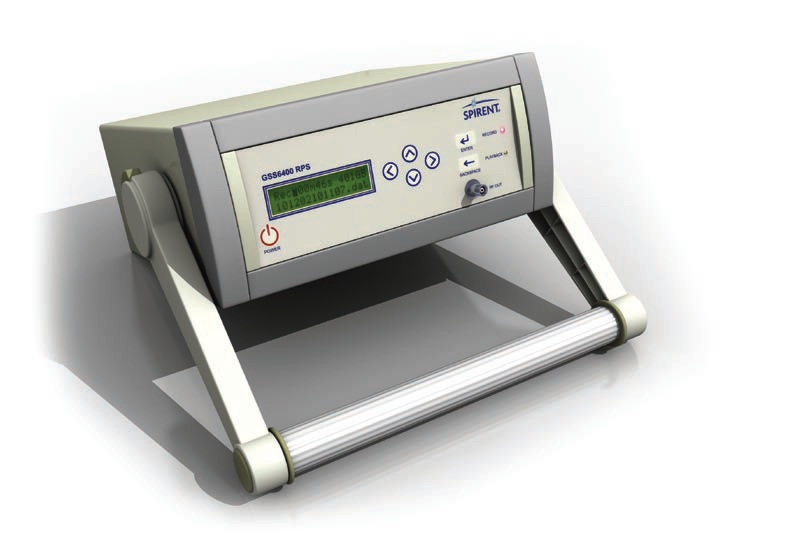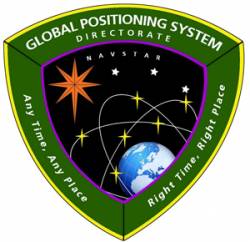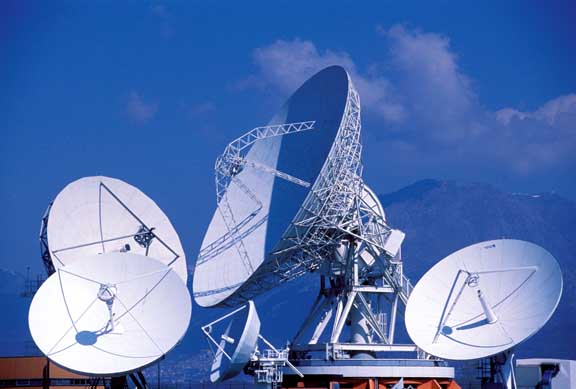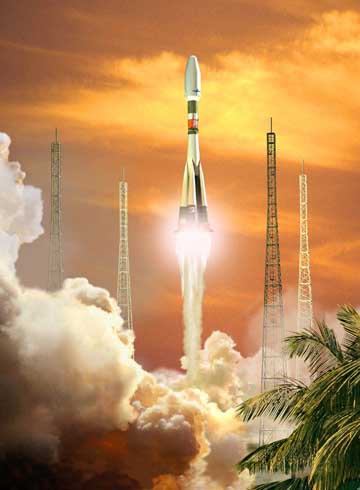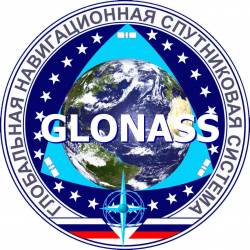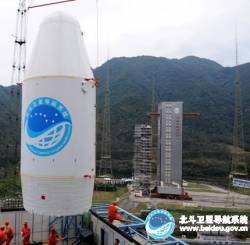GNSS Interference, Detection and Mitigation
 Bushy House
Bushy House
Britain’s Position, Navigation and Timing Network of the Digital Systems
KTN (Knowledge Transfer Network) presents a one-day workshop on
"GNSS Interference, Detection and Mitigation."
Professor Martyn Thomas will present the
conclusions of the Royal Academy of Engineering report on GNSS vulnerability, which was released on March 8.
The workshop will take place at Bushy House, National Physical Laboratory, Teddington, Middlesex on Thursday, March 10 2011 from 10 a.m. to 4 p.m.
Topics include:
By Inside GNSS

